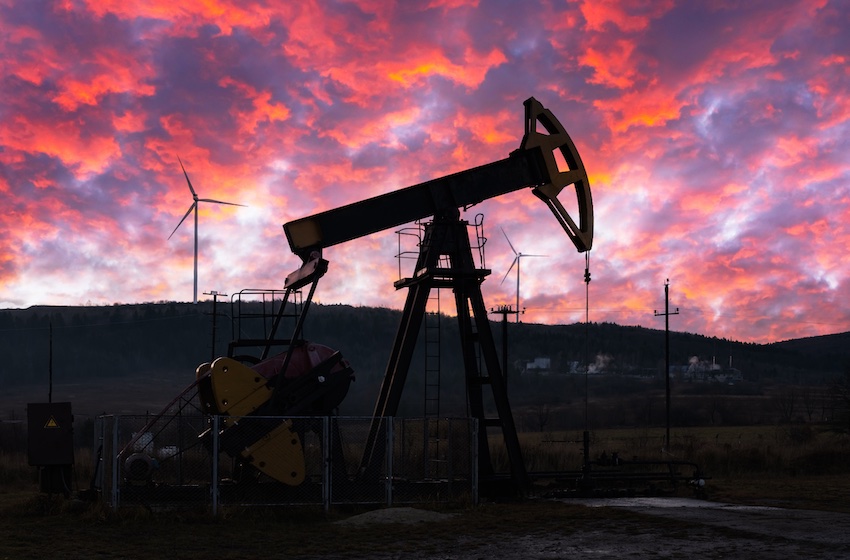Market Comparison: The Size of the Oil Market vs. the Top 10 Metal Markets Combined

Comparing the Size: Oil Market Versus Top 10 Metal Markets In the global economy, no commodity matches the immense scale of the oil market. Besides serving as the primary energy source for transportation, oil is a vital raw material in various industries, including plastics, fertilizers, cosmetics, and medicine. Consequently, the physical oil market holds astronomical proportions, exerting significant economic and geopolitical influence, with a handful of countries dominating global oil production.
To provide perspective on crude oil’s market size, the above infographic juxtaposes it with the combined value of the 10 largest metal markets. Our calculation of market sizes is based on the latest price multiplied by global production in 2022, utilizing data from TradingEconomics and the United States Geological Survey (USGS). It’s important to note that this analysis focuses on raw and physical materials, excluding derivative markets and alloy materials like steel.
So, how substantial is the oil market? In 2022, the world witnessed an average production of 80.75 million barrels of oil per day, including condensates. This translates to an annual crude oil production of approximately 29.5 billion barrels, with a market size exceeding $2 trillion at current prices. This figure significantly surpasses the combined value of the top 10 metal markets, which amounts to $967 billion, less than half of the oil market’s size. Even if we were to include all the remaining smaller raw metal markets, the oil market would still loom much larger. This stark comparison underscores the immense scale of global oil consumption, as it permeates various aspects of our daily lives.
However, it’s crucial to acknowledge that the dominance of the oil market should not overshadow the importance of metal commodities. Metals serve as critical building blocks of the global economy, playing vital roles in infrastructure development, energy technologies, and other sectors. Precious metals like gold and silver also serve as valuable stores of wealth. As the world progresses towards a more sustainable future and endeavors to reduce reliance on fossil fuels, it will be intriguing to observe how the markets for oil and other commodities evolve.




